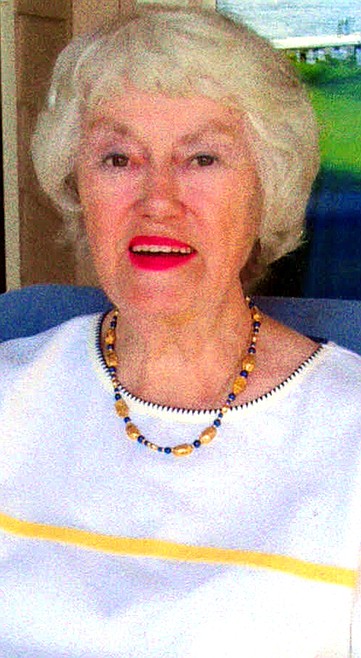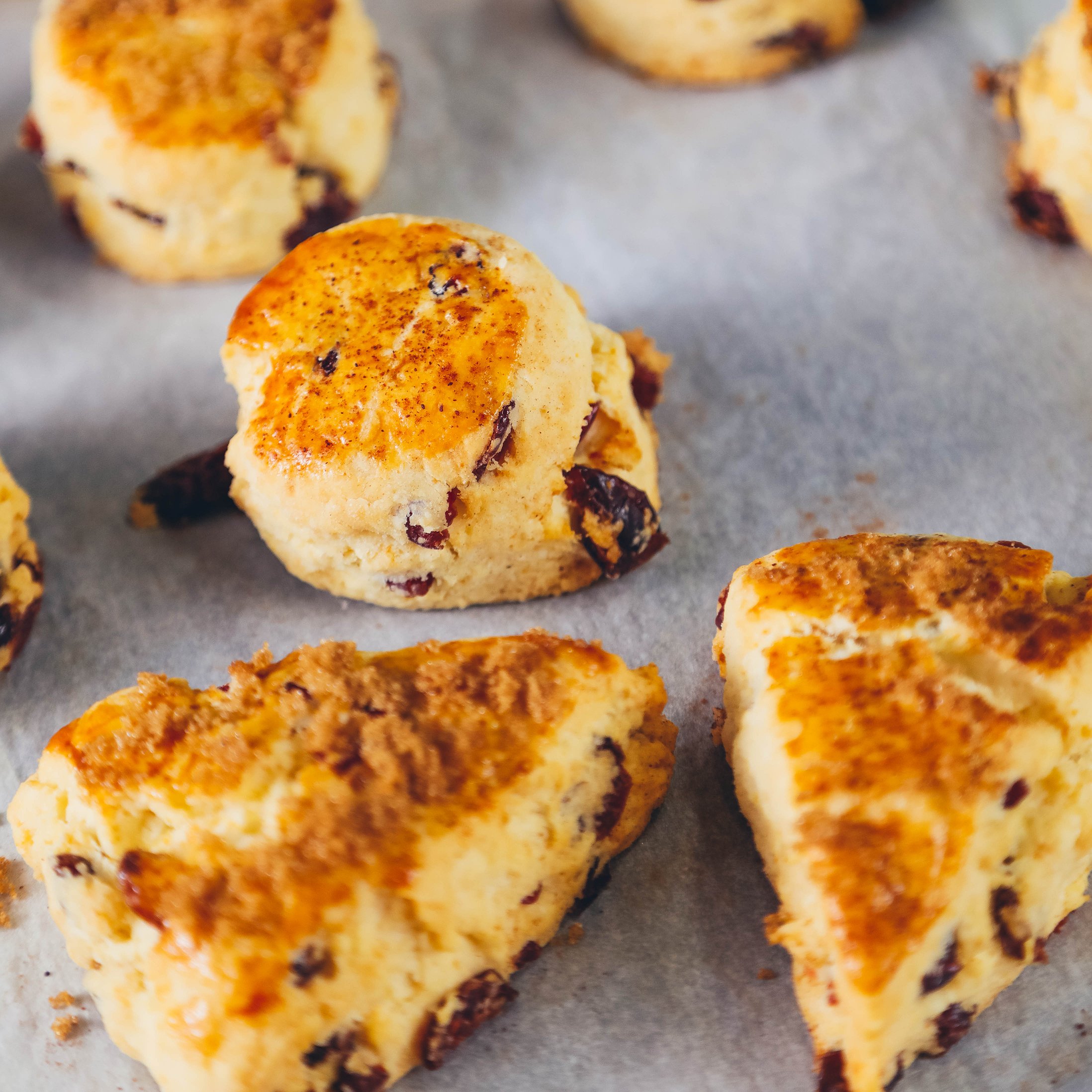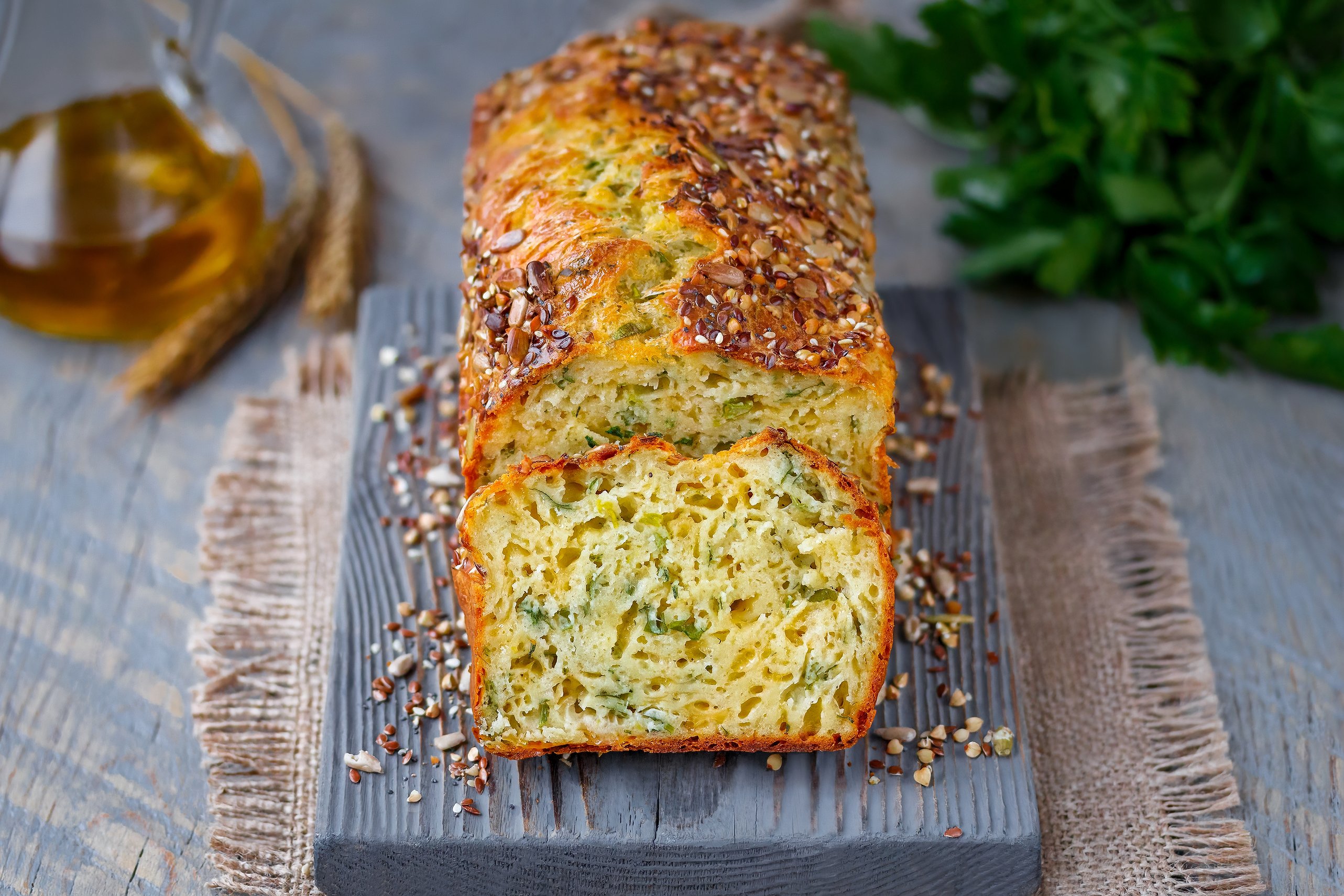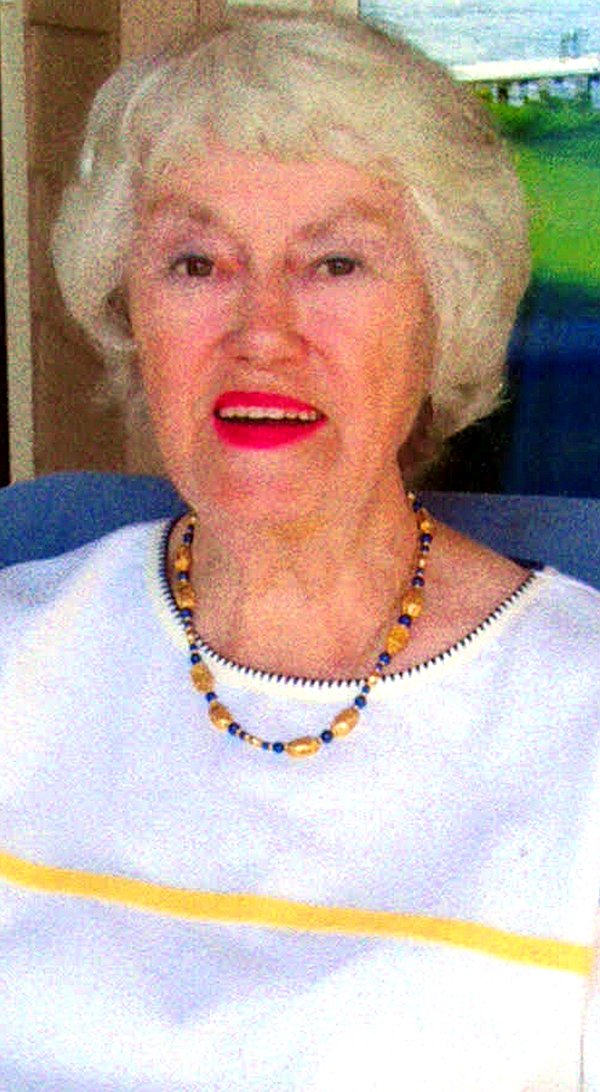Baking sends everyone running to the kitchen
Baking is such a basic, almost primitive action that it brings about the most satisfaction of any sort of cookery.
The kneading of the dough; the cutting up of fruits or nuts — a very intimate interaction with the ingredients to bring about the true and original staff of life — hold deep meaning for many cooks. Taking the finished loaf from the oven is a triumph of sorts, for a job well done, as it was two or three thousand years ago when our ancestors were baking their flatbread on hot rocks.
I just received some information from the Fleischmann’s Yeast folks, who informed me that they are 133 years old this month [March 2001]. Just after the Civil War, Charles and Maximillian Fleischmann arrived in the United States from their native Austria-Hungary. They introduced a commercial yeast product in 1868 with such remarkable leavening power, that they changed the way America bakes forever.
Today, we’ll focus on baking — mostly bread — in their honor. Some of our recipes won’t use yeast, but all provide the same great fragrance in the kitchen and the same cheers from the family.
We’ll begin with one of Fleischmann’s classics, a spongy cake-like bread that’s made from batter instead of dough. This makes it easy and quick. “Brits” like it with orange marmalade, but I generally serve it warm with butter.
Sally Lunn
4 cup all-purpose flour
1/3 cup sugar
1 envelope rapid-rise yeast
1 tsp salt
1/2 cup water
1/2 cup milk
1/2 cup butter, cut into pieces
3 large eggs
In a large bowl, combine 1 1/3 cups flour, sugar, undissolved yeast and salt. Heat water, milk, and butter until very warm (120 to 130 degrees Fahrenheit); gradually stir into dry ingredients.
Beat for 2 minutes at medium speed with an electric mixer, scraping the bowl occasionally. Add eggs and 1/2 cup flour; beat 2 minutes at high speed. Stir in the remaining flour to make a stiff batter. Cover and let rest for 10 minutes.
Stir batter down and then spoon into a greased 12-cup tube pan. Cover, and let rise in a warm, draft-free place until doubled in size, about 1 hour.
Bake at 325 degrees F for about 35 to 40 minutes or until done. Let cool for 5 minutes in the pan and then turn out onto a wire rack for complete cooling.
The name of our next offering will blow Sandpoint area residents away — Selkirk Bannock. Nothing’s more local than “Selkirk,” right? And nothing is more Native American and pioneer than “bannock,” right? Wrong.
This recipe, and its name, come from Robbie Doublas in 1859 at his bakery in the center of Selkirk in the Borders region of Scotland. Its fame grew so through the years that Queen Victoria “would have nothing more with her tea than a slice of Selkirk Bannock while visiting Sir Walter Scott’s granddaughter at nearby Abbotsford” (Flavors of Bon Appetit, 1994). While it calls for raisins, perhaps we could make it truly our own by using dried huckleberries.
Selkirk Bannock
3 cups (about) bread flour
2 T sugar
1 pkg fast-rising dry yeast
1/2 tsp salt
3/4 cup milk
1/2 cup (1 stick) unsalted butter
2 1/2 cups golden raisins
1 egg yolk, beaten with 1 tablespoon water for glaze
Mix 2 1/2 cups flour, sugar, yeast, and salt into a large bowl. Bring milk and butter to simmer in a medium saucepan, stirring until the butter melts. Cool to 125 to 130 degrees.
Stir into dry ingredients. Mix in enough remaining flour to form a soft dough. Turnout onto a floured surface and knead until smooth and elastic, about 5 minutes.
Lightly oil a large bowl. Add dough, turning to coat; cover and let rise in a warm, draft-free area until doubled in volume, about 1 1/2 hours.
Lightly grease a baking sheet. Punch down the dough. Knead in the raisins (or dried huckleberries). Shape dough into a 7-inch-diameter round. Place on a prepared sheet. Cover with a towel and let rise in a warm place until almost doubled in volume, about 40 minutes.
Preheat the oven to 375 degrees F. Brush bread with the egg glaze; bake until it is golden and sounds hollow when tapped on the bottom, about 45 minutes. Transfer to a wire rack and let cool.
The same excellent recipe book also provides this savory loaf, made of many little rounds of dough for fun eating.
Cheddar Cheese Loaf
1/4 cup warm water
1 pkg. Dry yeast
1 tsp sugar
6 T milk, room temperature
2 tsp dry mustard
1/2 tsp salt
1 1/2 cups (about) all-purpose flour, sifted
2 T minced onions
1 cup grated extra sharp cheddar cheese (about 4 ounces)
1 tsp seeds (dill, fennel or sesame)
1 egg, beaten (for glaze)
Mix water, yeast, and sugar in a large bowl, stirring to dissolve yeast. Let stand until foamy, about 10 minutes
Mix in milk, mustard, and salt. Gradually mix in enough flour to form a soft, slightly sticky dough.
Turn the dough out onto a lightly floured surface and knead until smooth and elastic, about 10 minutes. Lightly oil a large bowl; add dough turning to coat. Cover the bowl with a damp tea towel or plastic wrap and let rise in a warm, draft-free place until doubled in volume, about one hour.
Grease a 7.5-by-3.5-inch-by-2.25-inch loaf pan. Punch down the dough. Turn out onto a lightly floured surface. Pinch off 1/2-inch pieces of dough and roll into balls until all of the dough is used up. Arrange half of the balls in the bottom of the prepared pan. Sprinkle dough with 1 tablespoon of minced onion, 1/2 cup of cheese, and 1/2 teaspoon of the seeds. Cover the pan with a damp tea towel or plastic wrap and let rise in a warm, draft-free area until it just reaches the top of the pan, about 1 hour.
Preheat the oven to 375 degrees; brush the loaf with egg glaze. Bake until the top is golden brown and the bread sounds hollow with tapped on bottom, about 45 minutes.
Cool bread in pan for 15 minutes; then turn onto rack to cool completely. Cover and let stand at room temperature for as long as a day.
Now on to no-yeast or “quick” breads. Renee Shepherd’s great little cook booklets, “Recipes From a Kitchen Garden” (Vol. 1 and Vol. 2) are treasure troves of great dishes made from organic veggies and fruits.
The following is a knockout — not a bread but a delicious carrot cake.
Chocolate Chip Carrot Cake
1 cup butter
2 cups sugar
3 eggs
2 1/2 cups flour
1 tsp baking soda
1 tsp cinnamon
1/2 tsp nutmeg
1/2 tsp allspice
2 T dry cocoa
1/2 cup water
1 T vanilla
2 cups shredded carrots
3/4 cup walnuts, chopped
3/4 cup chocolate chips
Preheat oven to 350 degrees F. Cream butter and sugar until light and fluffy. Ads eggs one at a time, beating well after each addition.
Sift dry ingredients together; add to creamed mixture alternately with water and vanilla.
Fold in carrots, nuts and chocolate chips. Turn into a prepared 9x13-inch pan. Bake for 45 minutes.
Cool and serve as is, or frost with cream cheese frosting, if desired, or a dollop of whipped cream.
I found a tattered recipe card in my files; unfortunately lacking the name of the author of this delicious fruit bread. It is so different that I must pass it on. I hope you will enjoy it as much as I have.
Four Fruit Bread
2 cups whole wheat flour
2 cups all-purpose flour
3/4 Grape Nuts cereal
1 cup sugar
1 T baking powder
1 tsp baking soda
1/2 tsp salt (optional)
1 large ripe banana, mashed
1 1/2 cup orange juice
2 eggs, beaten
2-3 T orange peel, grated
2 cups cranberries, halved
1 large apple, cored, peeled and chopped
1/2 cup currants
Preheat oven to 350 degrees. In a large mixing bowl, combine all dry ingredients. In a smaller bowl, mash the banana; combine with orange juice, eggs and orange peel.
Add mixture to dry ingredients, stirring until just moistened. Fold in cranberries, apples and currants.
Distribute batter evenly among five greased small loaf pans. Bake for 50 minutes or until done, checking for doneness after 40 minutes.
Note: I use large loaf pans and it takes at least an hour, sometimes 10 to 15 minutes longer, for them to bake.
Check often with a straw or a toothpick. Delicious!
Editor's note: For many years, Valle Novak wrote gardening and cooking columns for the Daily Bee. "Weekend Gardener" and "Country Chef" became renowned for their humor, information, and common-sense advice on how to do everything from planting to cooking. She left behind many columns to delight her many fans. This is one such column, originally published on March 6, 2001.







